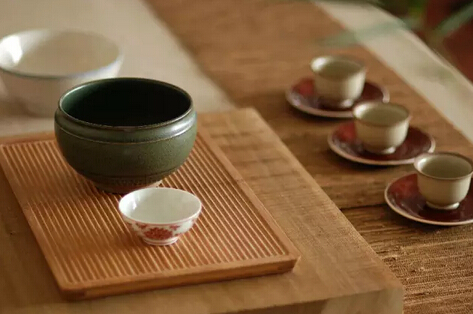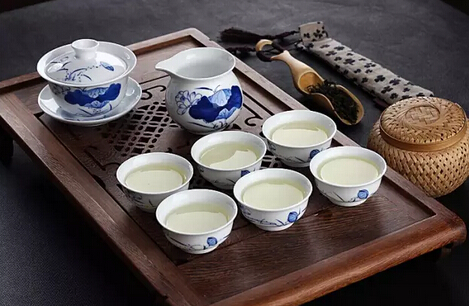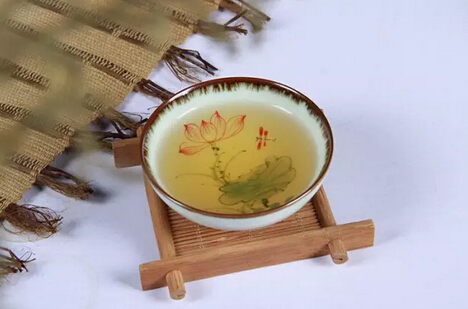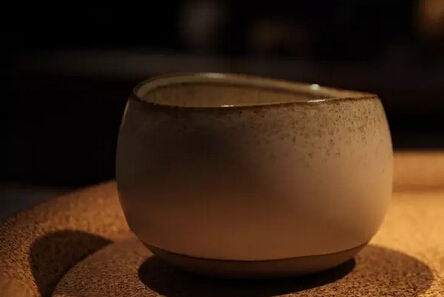
When selecting a teacup, the first thing we notice is its appearance. However, sometimes a cup that catches your eye might make your usual tea taste different compared to another cup. Why is that?
The teacup has the power to transform the flavor of the tea. Using cups of different textures, colors, shapes, sizes, heights, and thicknesses can bring out varying nuances in the tea's aroma and taste—sometimes with surprising differences. Even cups that look identical in style and color may have subtle variations in clay, glaze, or firing temperature that are invisible to the eye but detectable by smell and taste.
No matter the tea, a good cup can enhance its aroma, color, and flavor, making it more refined, rich, and captivating. But what makes a cup "good"? There’s no simple answer. It depends on the type of tea you’re brewing or your personal taste preferences.

1. Choose based on the type of tea you’re brewing
Traditional kung fu tea emphasizes the use of thin porcelain cups. As Weng Hui Dong wrote in Chaozhou Tea Classics: Kung Fu Tea, "Exquisite small cups, less than an inch in diameter, made of Jian kiln white porcelain, thin as paper and pure as jade—for if they are not thin, they cannot enhance the fragrance, and if they are not pure, they cannot showcase the color." Plain white or bluish-white cups can make the tea appear brighter. Beginners are advised to start with such cups, as they not only highlight the tea’s changing hues but also help distinguish different tea types based on processing methods, fermentation levels, roasting degrees, and aging periods.
Some cups are visually striking, such as imitation Ru kiln cups or wood-fired ceramic cups with deep colors that darken the tea’s hue. In such cases, carefully choosing the color of the tea cloth can create a rustic aesthetic.
In recent years, double-cup tea tasting has grown in popularity, especially in Taiwan. A tall cup is used for smelling the aroma, while a short cup is for sipping, fully showcasing the tea’s layered complexity. However, not all tall cups enhance fragrance, nor do all short cups fail to do so—shape alone isn’t the deciding factor.

Whether made of ceramic or porcelain, thicker cups absorb more heat, resulting in a softer, sweeter tea compared to thinner cups. Some cups, due to clay composition or firing temperature, may make the tea taste rough, flat, or exceptionally mellow.
In contrast to coarse pottery, porcelain cups are denser, producing a more compact, refined tea with a pronounced aroma. However, some cups may make the tea taste harsh or overly sharp.
Wood-fired cups offer endless variations, hiding many enchanting possibilities. Some cups uniquely elevate the tea’s flavor.
Jian kiln teacups, or Jianzhan, have also gained attention for their distinctive charm. Their thick iron-rich clay creates a particularly unique interpretation of the tea.
To understand each cup’s characteristics, comparative tasting is the simplest method.

2. Choose based on the season or weather
Thick teacups retain heat, making them ideal for winter, while thinner cups cool the tea faster, perfect for summer sipping.
For tea enthusiasts, a teacup is like a second skin—subtle, soft, and seamless. On the tea table, it may seem unremarkable, but when brought to the lips, it unlocks the tea’s full potential. When held, it invites careful appreciation.
When selecting a cup, test its rim against your lips to see if it feels harmonious. If the rim isn’t finely crafted, the tea won’t fully engage your taste buds.